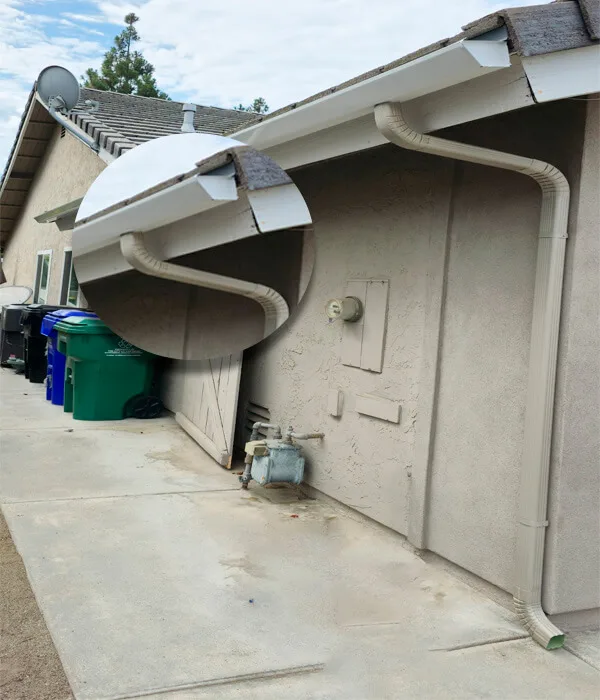Why Gutter Downspouts Are Important For Your Home
Rainwater management is one of the most overlooked aspects of home construction and maintenance. While roofs and gutters are often discussed, the downspout, the vertical pipe that channels water from the gutter to the ground, is the unsung hero of the system. Without properly functioning downspouts, rainwater can accumulate around a building’s foundation, leading to erosion, basement flooding, mold growth, and structural damage.
This expanded article explores every dimension of downspouts, from their history and materials to installation, maintenance, environmental impact, and modern innovations. By the end, you’ll see why downspouts are not just accessories but essential guardians of your home’s health and longevity.

What Is a Downspout?
A downspout (also called a downpipe or rainwater pipe) is a vertical conduit attached to a gutter system. Its primary purpose is to direct rainwater from the roof to a designated drainage area such as a storm sewer, rain barrel, or splash block.
Functions
- Protects foundations from water pooling.
- Prevents erosion in landscaping.
- Reduces flooding in basements and crawl spaces.
- Supports sustainability through rainwater harvesting.
Historical Background
Downspouts have existed for centuries. Ancient civilizations used clay pipes and stone channels to divert rainwater. In medieval Europe, gargoyles served as decorative downspouts, channeling water away from cathedral walls.
By the 18th century, cast iron downspouts became common in urban architecture. With industrialization, materials like galvanized steel, aluminum, and PVC emerged, making downspouts more affordable and durable. Today, they are integral to both traditional and modern building designs.

Types of Downspouts
Common Types:
- Round downspouts: Cylindrical, often paired with half-round gutters.
- Square/rectangular downspouts: Standard in modern homes, compatible with K-style gutters.
- Flexible downspouts: Corrugated plastic extensions for temporary redirection.
Specialized Types:
- Rain chains: Aesthetic alternative in Japanese architecture.
- Integrated downspouts: Hidden within walls or columns for sleek modern designs.
Downspout Materials
| Material | Advantages | Disadvantages | Lifespan |
|---|---|---|---|
| Aluminum | Lightweight, rust-resistant, affordable | Can dent easily | 20–30 years |
| Galvanized Steel | Strong, durable | Prone to rust if coating fails | 20–40 years |
| Copper | Attractive patina, long-lasting | Expensive | 50–100 years |
| Vinyl (PVC) | Inexpensive, easy to install | Brittle in extreme temperatures | 10–20 years |
| Cast Iron | Historic charm, very strong | Heavy, prone to rust | 50+ years |
Installation Guidelines
- Plan number of downspouts. One per 30 a 40 feet of gutter.
- Place near corners or low points of the roofline.
- Secure with brackets every 8 a 10 feet.
- Ensure water flows at least 3 a 4 feet away from the foundation.
- Add splash blocks or underground piping for water redirection.
Mistakes to Avoid
- Too few downspouts.
- Improper slope.
- Directing water too close to foundation.
Maintenance
Routine Tasks
- Clean twice a year.
- Inspect for leaks, rust, cracks.
- Unclog with plumber’s snake or hose.
- Repaint metal downspouts.
Signs of Trouble
- Overflowing gutters.
- Water stains on siding.
- Pooling near foundation.
- Mold in basement.
Environmental Impact
- Stormwater management. Prevents flooding.
- Water quality. Reduces pollutants entering rivers.
- Rainwater harvesting. Connects to barrels or cisterns.
- Green infrastructure. Integrates with rain gardens and bioswales.
Conclusion
Downspouts are vital guardians of your home. They protect foundations, prevent flooding, preserve landscaping, and support sustainability. From ancient gargoyles to modern smart systems, downspouts have evolved into indispensable tools for managing rainwater.
